As we pass 2.5bn smartphones on earth and head towards 5bn, and mobile moves from creation to deployment, the questions change. What's the state of the smartphone, machine learning and 'GAFA', and what can we build as we stand on the shoulders of giants?

|
Scooped by
Farid Mheir
December 12, 2016 10:00 AM
|




 Your new post is loading...
Your new post is loading...
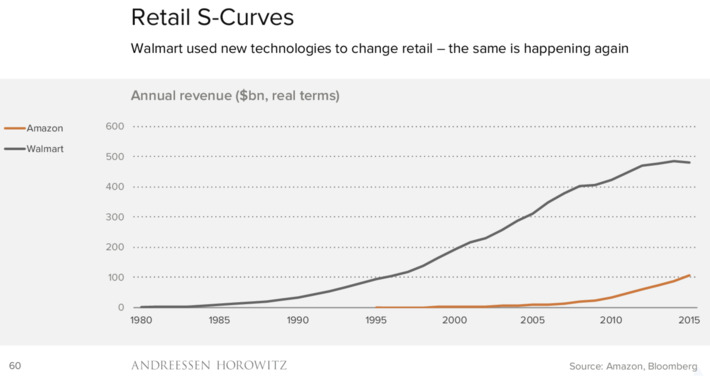





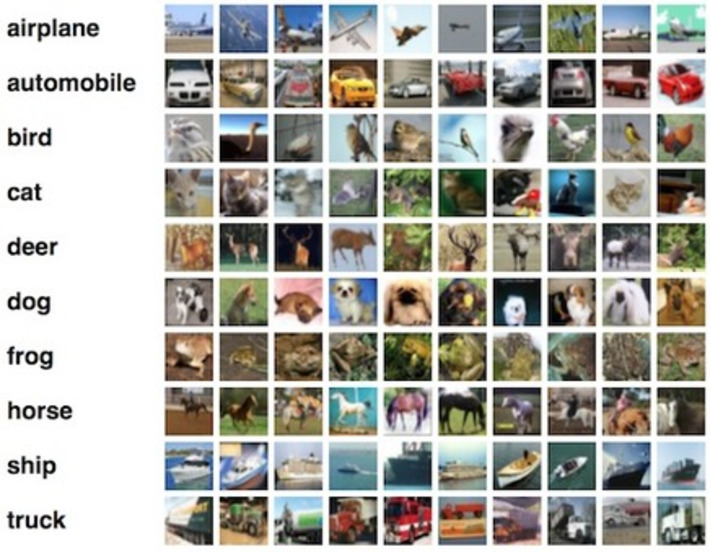
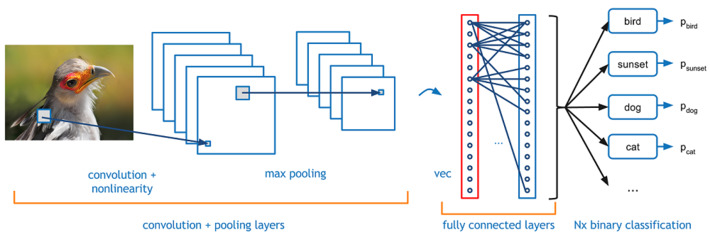
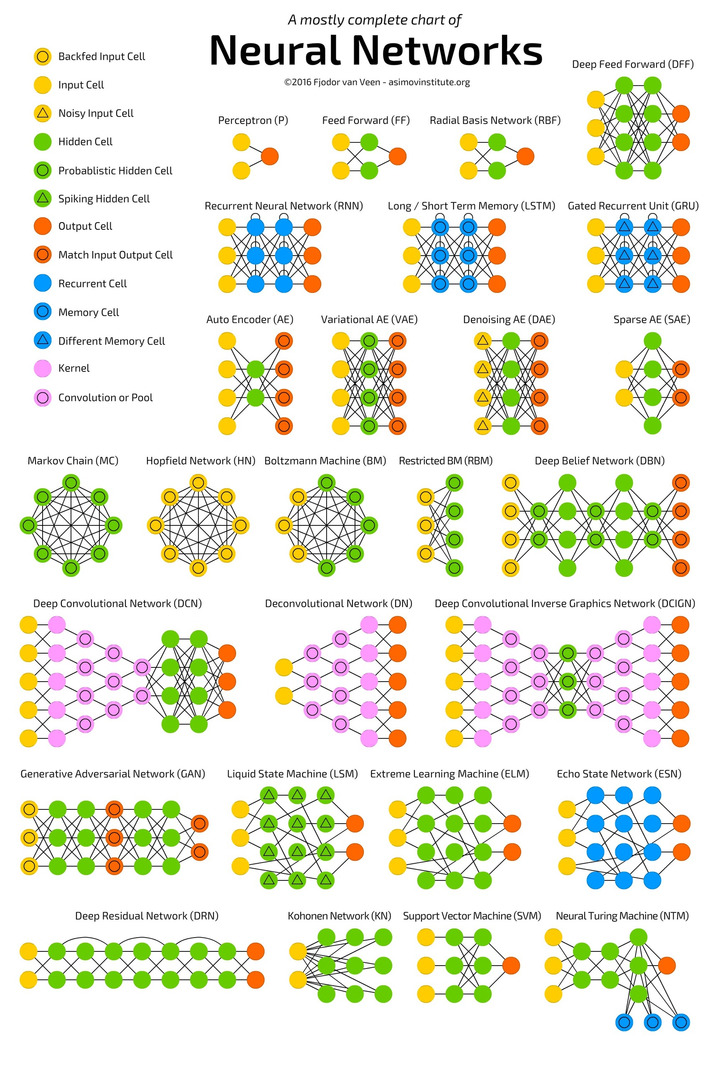
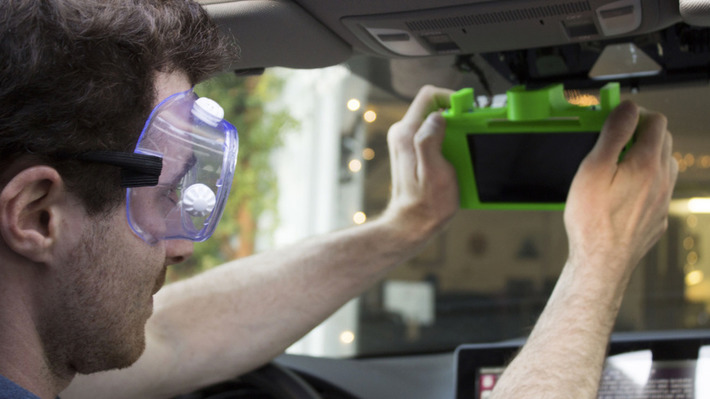









Amazing insights into the mobile industry state and trends.
WHY THIS IS IMPORTANT
Andreessen Horowitz, and Benedict Evans in particular, have been known to spot trends long before everyone else. Here again, it appears they are making predictions about retailing - following in the steps of the print industry when Internet came along. Not certain I agree about the parallel but I agree that mobile and AI and other technologies will impact and transform the retail world in the near future. However, as opposed to the print media, retailers often sell physical goods that cannot, for now, be 3D printed at home. So either you pick them up in the store or get it delivered by FedEx or a drone.
That being said, retail stores are bound to transform in showrooms and service centers as I wrote about in the past. And this is a major shift that many will fail to take.